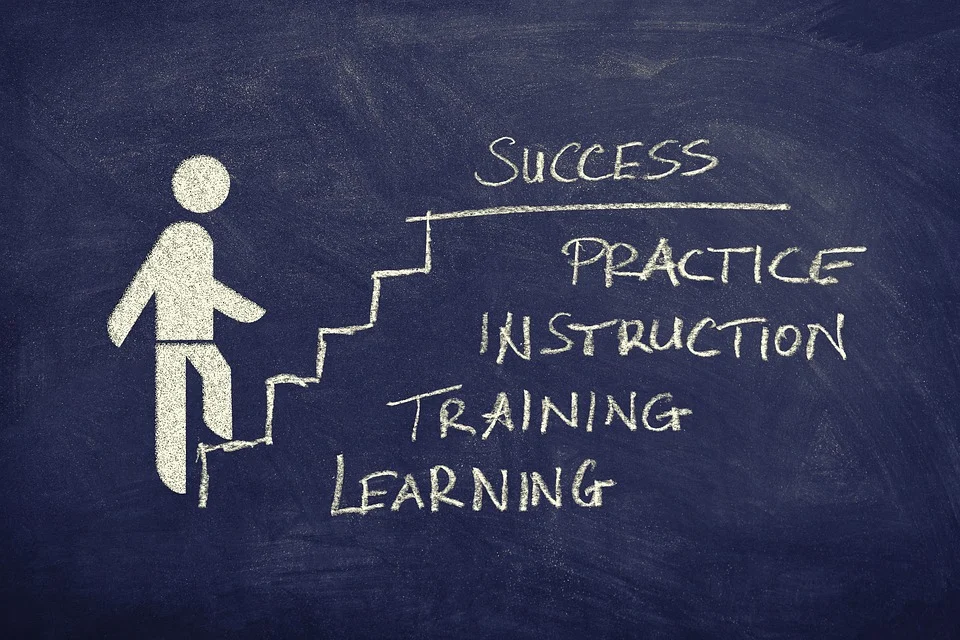 Educators and publishers often use the terms “standards,” “curriculum” and/or “instructional materials” interchangeably. Moreover, many educators consider their instructional materials to be their curriculum. However, each of these terms represents a distinct component of an educational program. In the sections that follow, we provide explanations of each of these terms to differentiate their meanings in the context of PreK-12 education.
Educators and publishers often use the terms “standards,” “curriculum” and/or “instructional materials” interchangeably. Moreover, many educators consider their instructional materials to be their curriculum. However, each of these terms represents a distinct component of an educational program. In the sections that follow, we provide explanations of each of these terms to differentiate their meanings in the context of PreK-12 education.
Standards set out what students are expected to know and be able to do at the end of each school year. Standards are generally established at the state level. In fact, ESSA requires that each state create learning standards for public schools in three subjects—English language arts/reading, mathematics, and science—and many states go beyond ESSA’s minimum to set standards in social studies, career and technical education, languages other than English, and other subjects.
In contrast, the curriculum is developed at the district level, the product of local policy making. While the standards tell you what is expected, the curriculum provides the road map to get there. Often described in documents such as “scope and sequence” and “units of instruction,” a curriculum includes goals, instructional practices and pedagogical guidance, suggested resources and instructional materials, and methods of measuring student progress. [Read more…]
Read more





 Educators and publishers often use the terms “standards,” “curriculum” and/or “instructional materials” interchangeably. Moreover, many educators consider their instructional materials to be their curriculum. However, each of these terms represents a distinct component of an educational program. In the sections that follow, we provide explanations of each of these terms to differentiate their meanings in the context of PreK-12 education.
Educators and publishers often use the terms “standards,” “curriculum” and/or “instructional materials” interchangeably. Moreover, many educators consider their instructional materials to be their curriculum. However, each of these terms represents a distinct component of an educational program. In the sections that follow, we provide explanations of each of these terms to differentiate their meanings in the context of PreK-12 education.